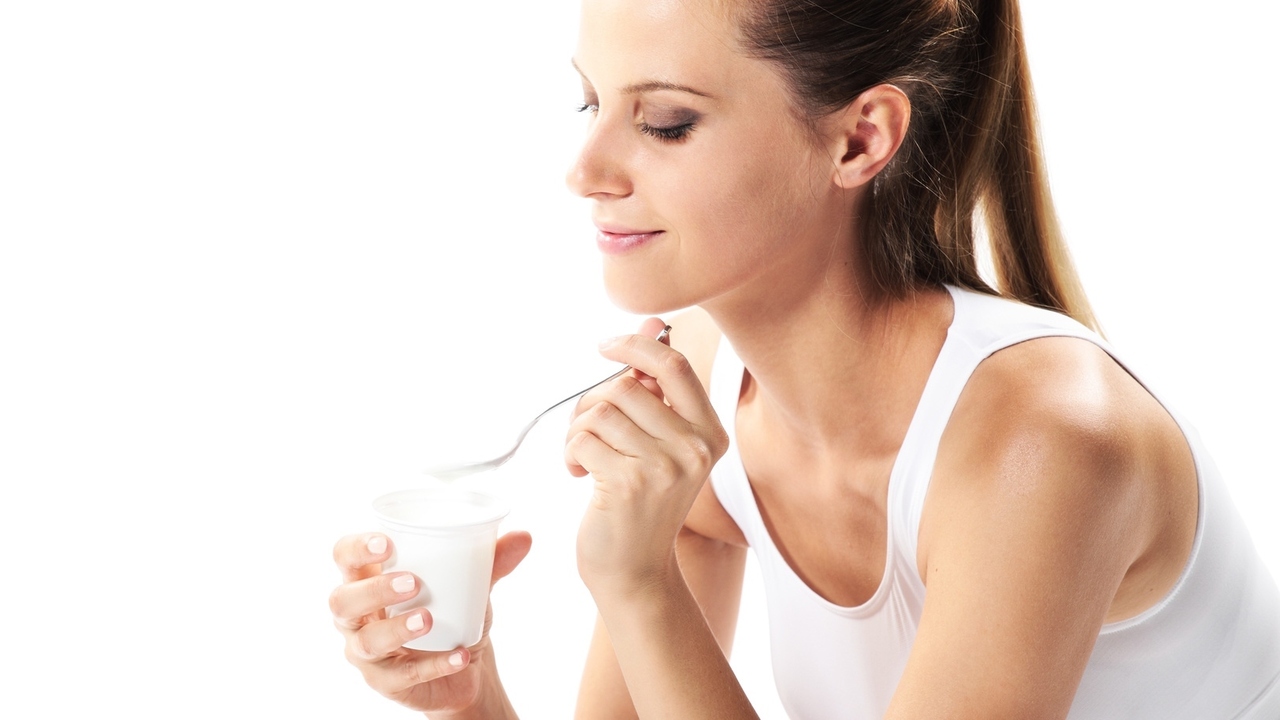 nenetus/Fotolia
nenetus/Fotolia
Yeast infections are never fun but they are fairly common. Nearly 75 percent of women have had a yeast infection at least once in their lives, according to the CDC. About 40-45 percent of women will have two or more.(1)
It is important to realize that yeast also normally lives in the vagina, mouth and gastrointestinal tract but only in small amounts. Yeast normally lives in balance with other organisms in our body.
A yeast infection is an overgrowth of the fungus Candida. If there is too much yeast present, then symptoms appear. There is a balance that is needed to keep yeast levels in check.
In the vagina, yeast infection symptoms may include: pain on urination, swelling, redness, itching and a thick cottage cheese-looking discharge.
Yeast infections can be affected by menstruation for a number of reasons.
The factors involved include the hormone levels of estrogen and progesterone, sugar levels in the vaginal tissue, and the pH or the acidity of the vagina maintained by lactobacillus bacteria, a bacteria that is supposed to live in our vagina.
In the first half of your menstrual cycle, estrogen levels rise and glycogen (stored sugar) is produced and deposited in the cells in the vagina, which will provide nutrition for our good bacteria lactobacillus.
Lactobacilli produce lactic acid, which keep the vaginal pH more acidic at a pH of 4.0-4.5. Lactobacilli are responsible for keeping other organisms in the vagina from causing harm.
The second half of your cycle occurs after ovulation. Estrogen levels fall, as progesterone levels rise. Sugar is released from glycogen, which feeds the lactobacilli, but yeast are also able to feed on the sugar.
If an imbalance occurs between the amounts of lactobacilli and yeast, the yeast overgrows. This can lead to a yeast infection occuring before a woman’s period.
During menses, the pH of the blood is about 7.35, which is more alkaline than the normal pH of the vagina. Yeast can tolerate a swing in pH and survive.(5)
It may be that an overgrowth of yeast started before your menses, and afterwards the yeast was able to gain a stronger foothold.
Once your menses is over, if the levels of lactobacilli do not rise sufficiently, they may not produce enough lactic acid to re-acidify the vagina. This can lead to an overgrowth of yeast.
Also if you are on birth control pills then your level of estrogen may be higher sooner in your cycle, leading to more glycogen going to sugar production, which may feed the yeast as well.
Treatment
There are a number of over-the-counter yeast treatment creams but self-treating without being sure you have a yeast infection can cause more trouble. Many times women treat what they think is a yeast infection only to find out it really was a bacterial infection, which yeast medications cannot treat.
The best method is to see your OB/GYN for a vaginal culture to accurately diagnose that you have a yeast infection versus a bacterial one, but also to treat the strain of yeast you may have. This is especially important if you find you are having numerous yeast infections after each menstrual cycle.
Taking oral probiotics is another method that is believed to have a benefit in preventing vaginal yeast and bacterial infections.
Make sure to wear loose cotton undergarments and do not sleep in underwear, so at night your vaginal area gets sufficient air.
There are other causes of yeast infections. This is another reason why it is important to see a doctor for an examination.
Yeast infections are more prevalent in those with diabetes, immune disorders, who are taking birth control pills, who are on antibiotics, and during pregnancy due to hormone imbalances that may occur.
Michele is an R.N. freelance writer with a special interest in woman’s health care and quality of care issues.
Edited by Jody Smith
1) Vulvovaginal Candidiasis. Centers for Disease Control and Prevention. Retrieved June 19, 2016.
http://www.cdc.gov/std/tg2015/candidiasis.htm
2) Vaginal Microbiota. Evolmedwomenshealth. Retrieved June 19, 2016.
http://evolmedwomenshealth.weebly.com/vaginal-microbiota.html
3) The Basics of Yeast Infections. How Stuff Works Health. Retrieved June 19, 2016.
http://health.howstuffworks.com/wellness/women/yeast-infection/the-basics-of-yeast-infection.htm
4) YEAST INFECTION AND PERIOD. How Your Period and Yeast Infections Are Related. Candida Hub. Retrieved June 19, 2016.
http://candidahub.com/Menstruation/Yeast-Infection-and-Period
5) Drake, S M et al. Vaginal ph and microflora related to yeast infections and treatment. Br J Vener Dis 1980;56:107-10.
http://www.ncbi.nlm.nih.gov/pmc/articles/PMC1045744/pdf/brjvendis00026-0043.pdf





Add a CommentComments
There are no comments yet. Be the first one and get the conversation started!